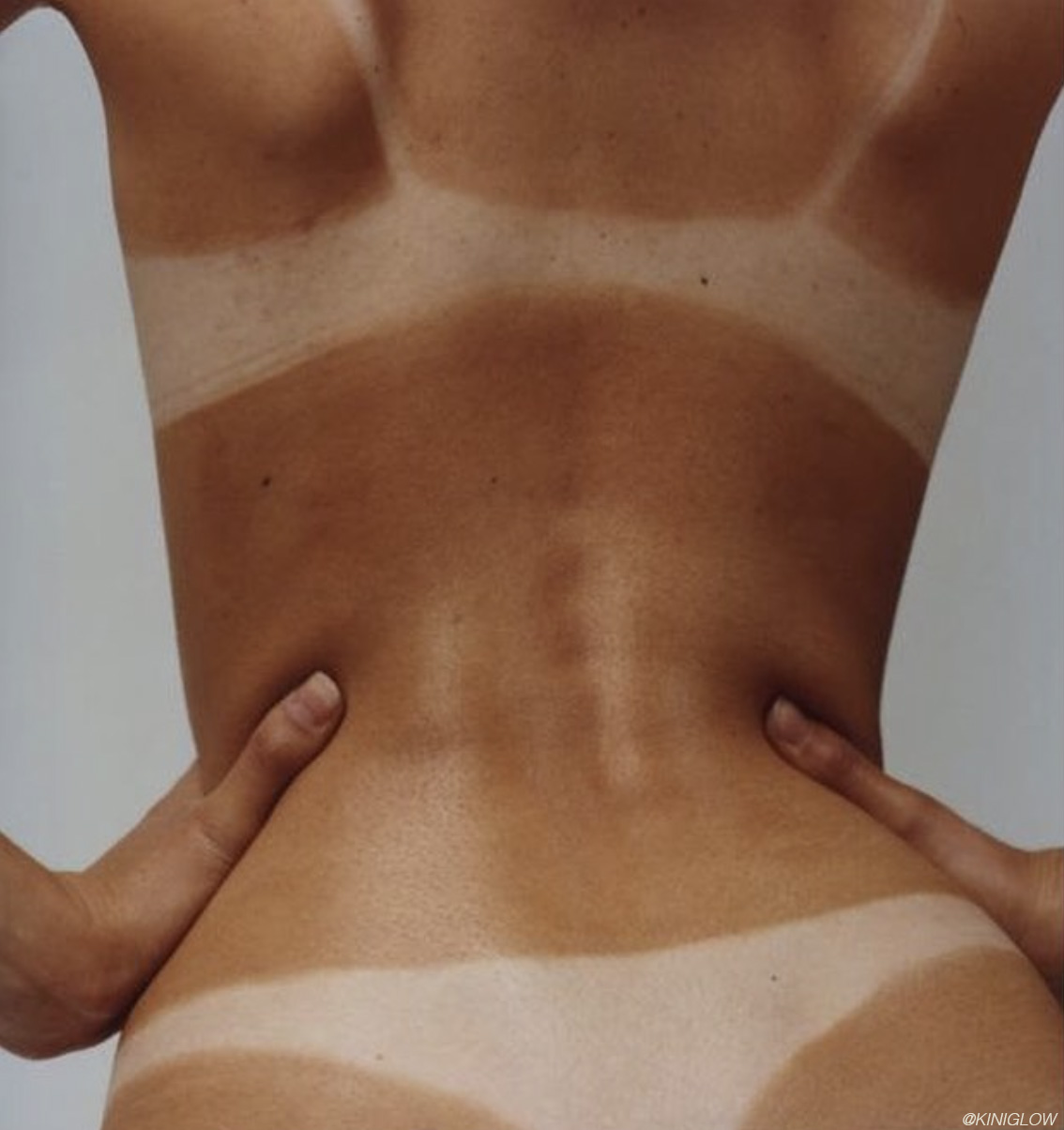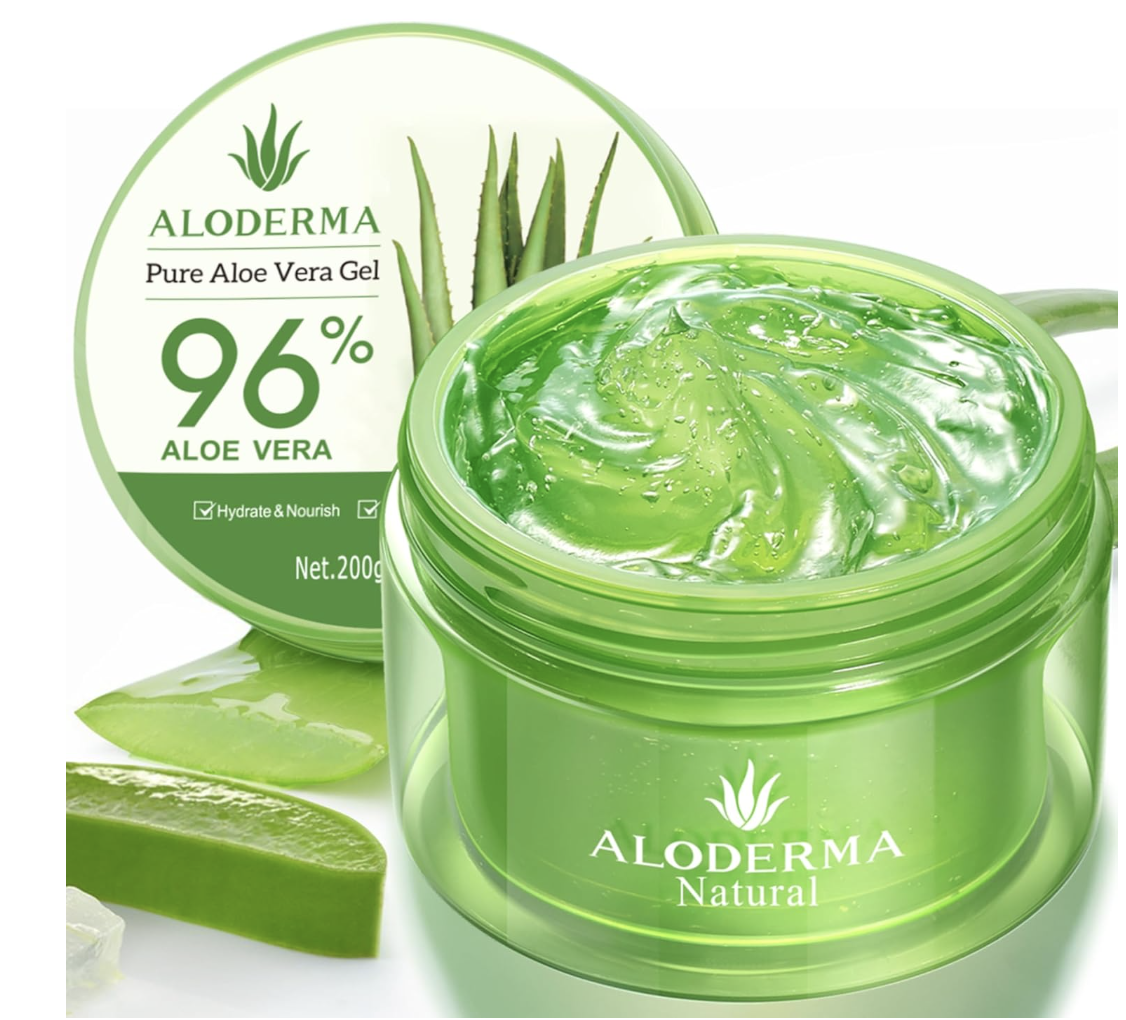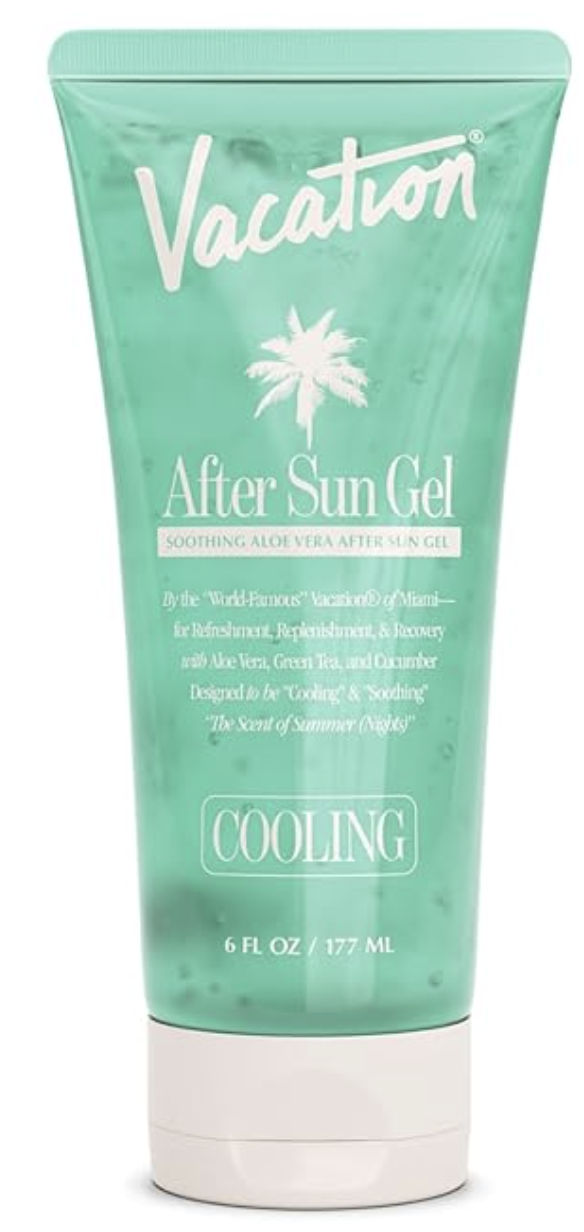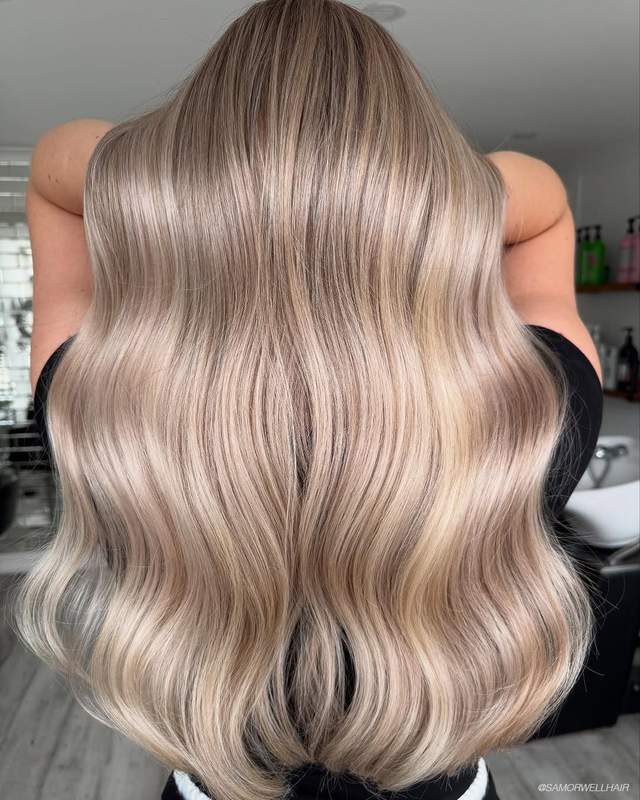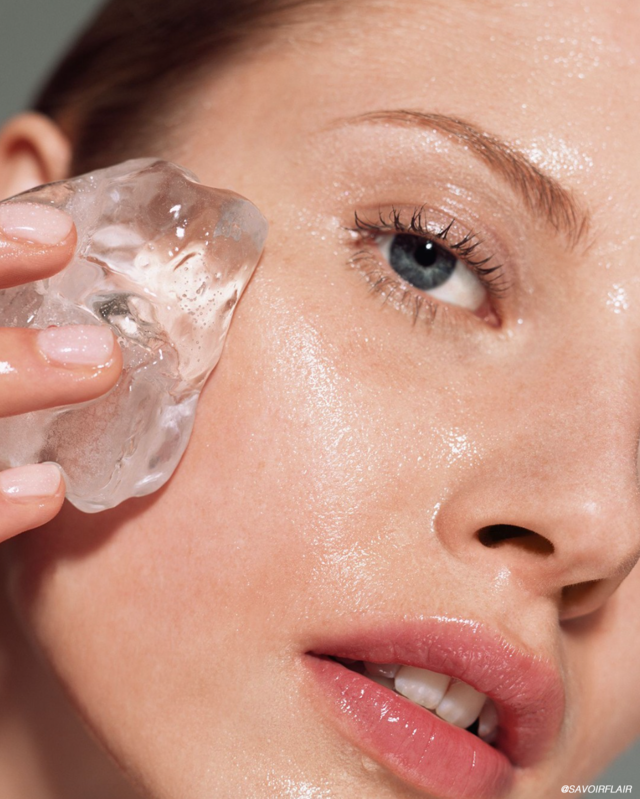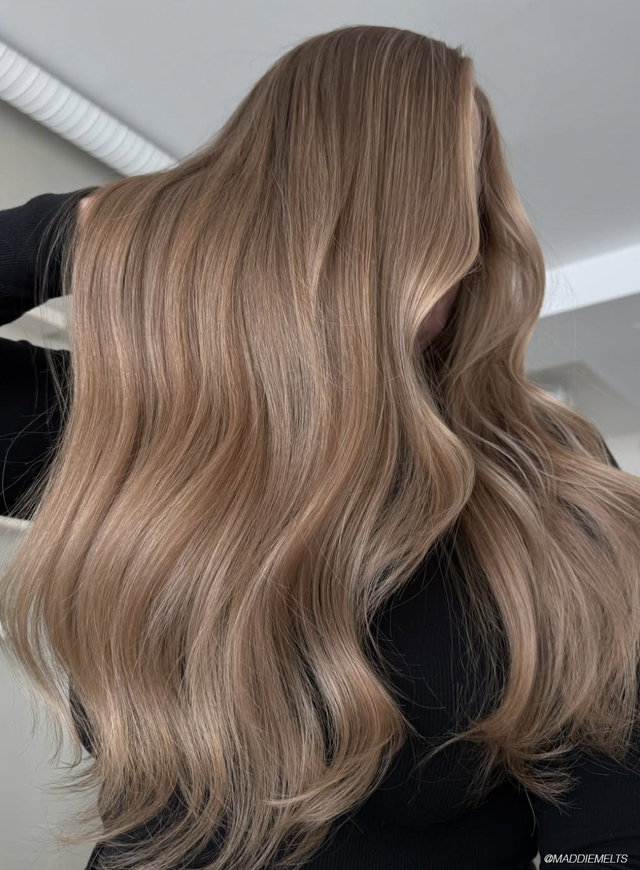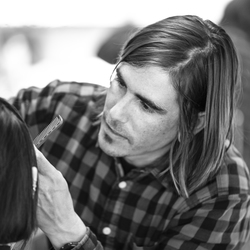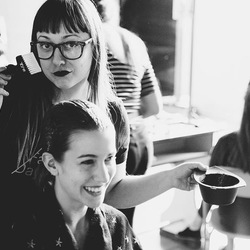We’ve all been there: maybe slightly unprepared or simply having too much fun and you spend a little too long basking in the sunshine. By evening, you’re red, dry, and dehydrated. While prevention is always best, knowing exactly how to care for your skin, hair, and body after sun overexposure can help reduce damage, speed up recovery, and keep you comfortable.
In this guide, we’ll walk through after-sun care tips you can use immediately—and over the next 48 hours—to soothe, heal, and restore your body from the inside out.
After-Sun Care Tips
Step 1: Cool and Calm Your Skin
The first priority after a sunburn is to stop the heat and inflammation.
- Cool Shower or Bath: Use cool (not cold) water to lower skin temperature. Avoid harsh soaps with lots of fragrances or active ingredients and scrubbing.
- Cold Compresses: Apply a clean, damp cloth for 15–20 minutes at a time. This helps reduce redness and swelling.
- Soothing Ingredients: Aloe vera gel (with a high percentage of aloe and without added alcohol) and soy-based lotions can calm irritation.
Our Picks:
Aloderma 99% Organic Aloe Vera Gel
VACATION After Sun Gel
Step 2: Rehydrate and Lock in Moisture
Sun damage depletes the skin’s natural moisture barrier, so to rehydrate, consider the following tips:
- Apply Moisturizer While Damp: This helps lock in hydration after bathing.
- Fragrance-Free Products Only: Perfumes and essential oils can worsen irritation.
- Skip Harsh Treatments: No exfoliating scrubs or retinoids until your skin fully recovers.
Step 3: Support Hair and Scalp Recovery
The sun’s UV rays don’t just affect skin—they also weaken hair strands and can burn the scalp. While hats and scarves can cut down on this, this is how to take care of your hair when it’s had too much sun.
- Deep Conditioning Mask: Choose one with nourishing oils like coconut and argan oil, or shea butter.
- Gentle Scalp Care: If your scalp is sunburned, use aloe vera gel or a light aloe-infused spray.
- Hands Off Heat Tools: Blow dryers, flat irons, and curling wands can worsen dryness.
Step 4: Hydrate and Heal from the Inside Out
Your skin’s healing process starts internally.
- Increase Water Intake: Aim for extra glasses of water throughout the day.
- Replenish Electrolytes: Coconut water or a low-sugar electrolyte drink can help.
- Eat Antioxidant-Rich Foods: Citrus, berries, spinach, sweet potatoes, and carrots help combat free-radical damage caused by UV rays.
Step 5: Reduce Whole-Body Inflammation
If you’re feeling sore, tired, or achy after a day in the sun, systemic inflammation may be at play.
- Consider NSAIDs: Over-the-counter ibuprofen or aspirin (if safe for you) can reduce swelling and discomfort.
- Cool Rest: Avoid strenuous exercise until your skin feels normal.
What Not to Do After a Sunburn & When to Seek Medical Attention
After a sunburn, resist the urge to pick or peel flaking skin—let it shed naturally to avoid scarring and infection. Skip alcohol, as it can worsen dehydration, and avoid hot tubs, saunas, or hot showers, which can irritate and further dry out already sensitive skin. Steer clear of numbing creams containing benzocaine or lidocaine, since these ingredients can trigger allergic reactions in some individuals. While most sunburns can be treated at home, seek prompt medical attention if you experience severe blistering, fever, chills, dizziness, nausea, vomiting, or signs of infection such as pus, spreading redness, or increased warmth in the affected area.
Disclaimer: This article is for informational purposes only and is not a substitute for professional medical advice, diagnosis, or treatment. Always consult with a qualified healthcare provider about any questions or concerns regarding your health.
Some of the products featured here may contain affiliate links, meaning we may earn a small commission at no extra cost to you. All recommendations are based on personal use, stylist feedback, or product performance.
